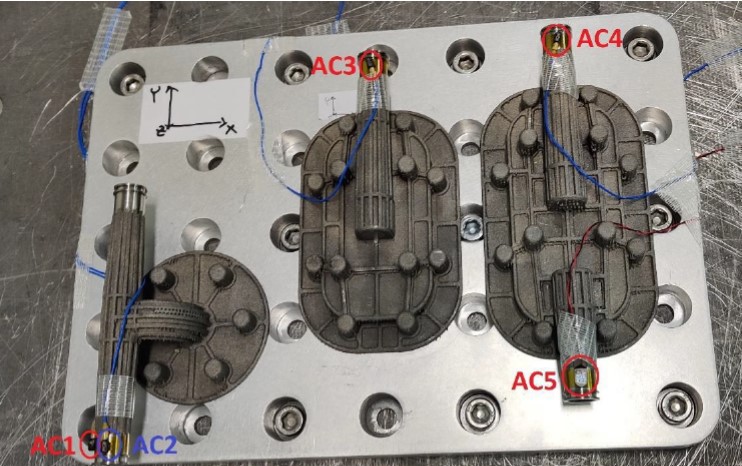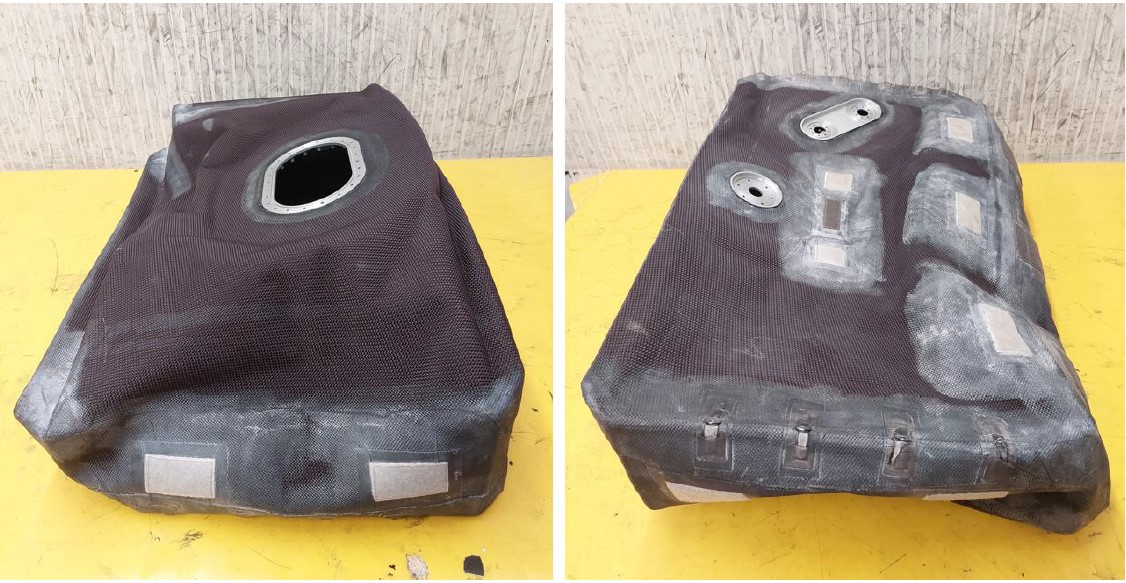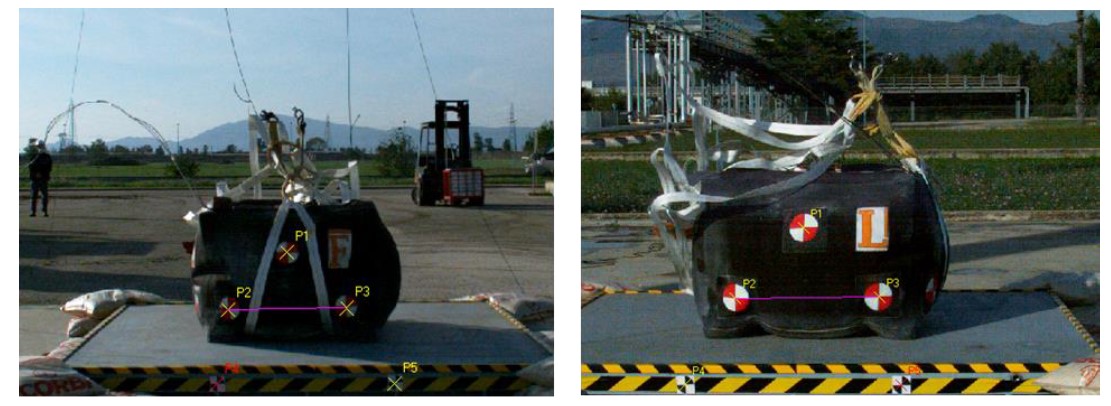The first activities are related to the definition of the project requirements and the trade-off analyses between different innovative configurations. Such actions are detailed in the documentation for the Preliminary Design Review. Then, besides the material selection for the tanks, analyses are performed to assess innovative technologies, especially the application of the Additive Layer Manufacturing technique for producing metallic interfaces and connections.
Then, the second phase of the project is devoted to the definition of the most relevant technical aspects required for the tooling and manufacturing activities, such as
- the definition of the material properties to calibrate the numerical simulations,
- the assessment of cost and environmental impacts of the Additive Layer Manufacturing (ALM) technique,
- the topological optimization, the design, and the qualification plan of the ALM flanges,
- and the drop tests definition.
Other activities are devoted to defining all shape details of tanks, interfaces, and provisions. Moreover, high-fidelity numerical simulations of the crash test are performed by considering a representative fuel tank/wing assembly.
Finally, the third stage of the project is focused on
- the manufacturing of tooling, foams, and fuel tanks,
- the validation/verification of the high-fidelity numerical models for the drop test simulation,
- experimental tests for ALM parts,
- and the development and preliminary validation of high-fidelity numerical models for structural health-monitoring systems.


